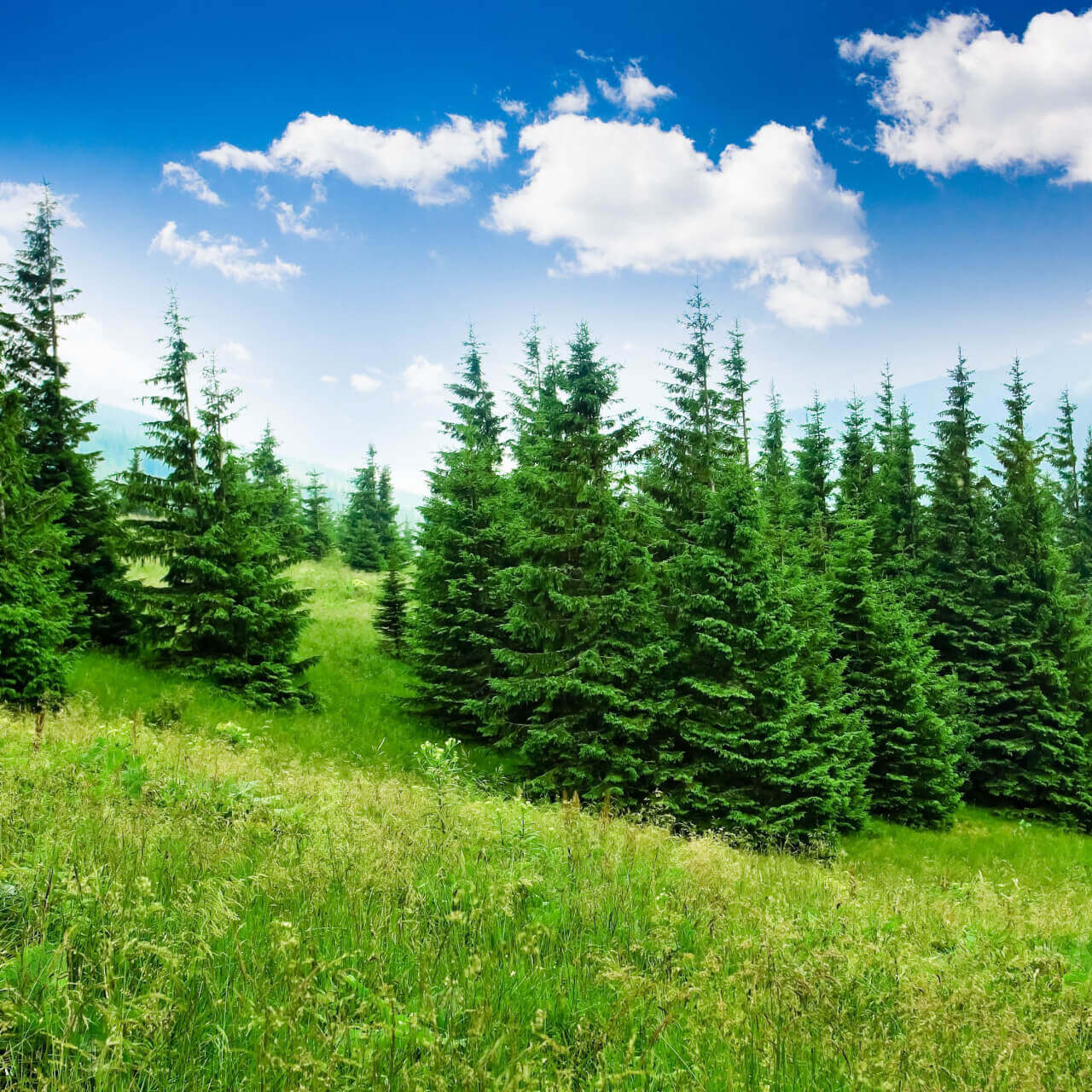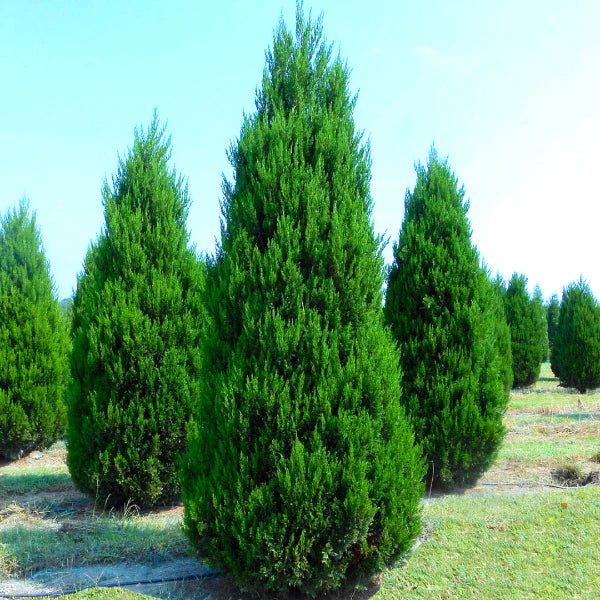Evergreen plants make a beautiful addition to almost any outdoor space. Conifers add color all year long, regardless of the length or severity of your winters.
TN Nursery stocks a variety of conifer plants that are perfect for gardens in multiple hardiness zones. From hollies and arborvitae to cedars and pine trees, we have something in stock for backyards, big or small.
The Many Benefits Of Evergreen Plants
You're probably familiar with the basic benefits of conifers—they offer year-round foliage for privacy buffers. But the shrewd gardener knows there's much more to them than this.
You may want to plant a conifer if:
- 1. You're interested in building native wildlife habitat. A Virginia pine, for example, provides food, shelter, and shade for native animals.
- 2. You want to reduce your heating and cooling costs. Mature conifers offer year-round shade to block out the sun during the hotter months. They also make for an excellent windbreak, especially during particularly harsh winters.
- 3. You don't want to do much maintenance around the yard. While some hardwood trees require plenty of time, sweat, and elbow grease, the humble conifer is hardy and resilient.
TN Nursery stocks dozens of evergreen conifers to reimagine your space with a timeless backyard staple. Since these trees live for decades in excellent health, it's one of the easiest (and perhaps most versatile) plants you could grow in your backyard.
Most Popular Evergreen Plant Varieties At TN Nursery
With so many evergreen plant species available, which one should you try in your yard? A few of TN Nursery's most popular options are:
- Loblolly pine trees: Sometimes referred to as the 'southern yellow pine,' this beautiful conifer encourages native biodiversity.
- Green Giant Arborvitae: Want a Privacy Barrier? Want less noise from the neighbors? You can't go wrong with this fast-growing conifer.
- Nellie Stevens Holly: You're all but guaranteed to have a holly-jolly Christmas with this unique cultivar growing in your yard.
Privet plants make excellent choices for order and hedge plants, providing privacy. They are smaller in size and perfect for busy areas, and make a great living fence for nosy neighbors.
Please note we offer a Memorial Tree to serve as a living memory for someone you love.
Evergreens Are The Secret To A Stunning Garden
Evergreen plants are one of the gardener's best-kept secrets for fuller-looking landscapes in winter. At TN Nursery, finding the right fit for your yard, with dozens of species and best-in-class cultivars, is easier than ever.
Remember that every purchase comes with our world-class warranty. You get a 100% guarantee for the first year of growing; we work hard to respond to questions or concerns within 48 hours.












